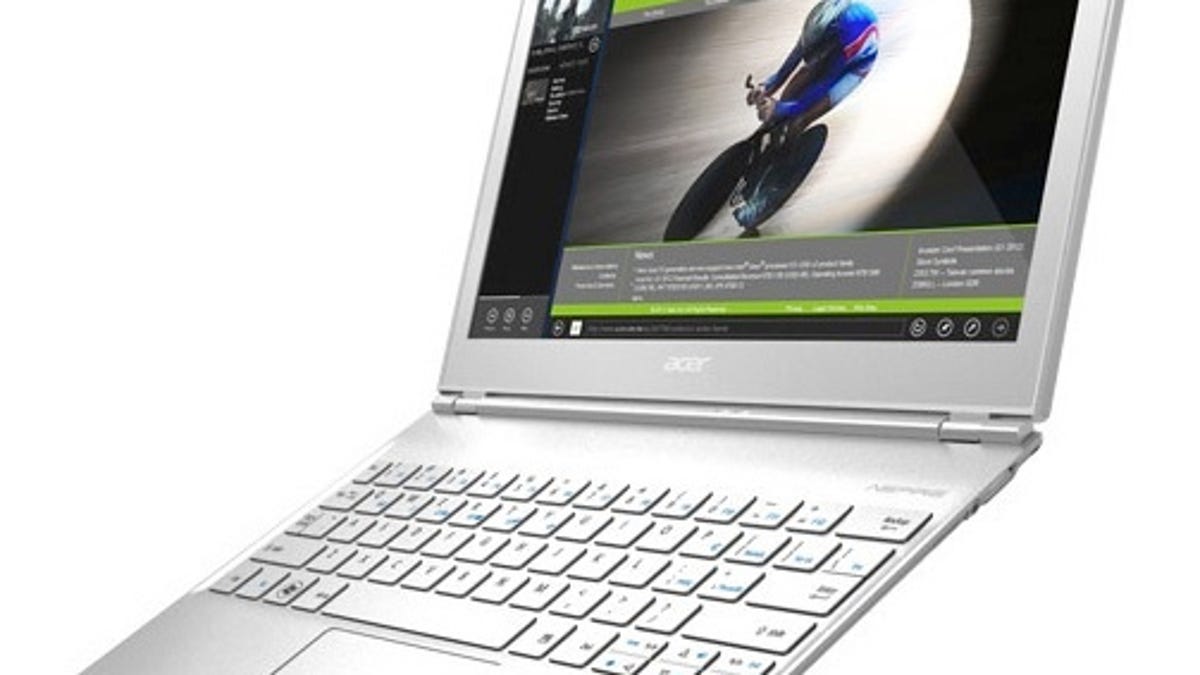Intel invests in ultrabook touch displays
To make sure that Windows 8 ultrabooks are not just a one-hit wonder, the chip giant is getting involved in touch display supply.

In case you haven't noticed, Computex is all about Windows 8 and touch. And Intel is doing its part to get the ultrabook industry geared up for touch displays.
On Tuesday, the chipmaker is announcing agreements with Cando, HannsTouch, TPK, and Wintek to guarantee the supply of touch displays, as a flood of touch-enabled ultrabooks hit the market over the next 12 months.
Computex, being held in Taipei this week, offers the first taste of touch products to come. Asus, Acer, and others are showing Intel-based Windows 8 touchscreen ultrabooks and hybrids. The Asus Taichi, for example, has dual displays, allowing it to operate independently as a laptop or tablet.
"We're betting so big on touch that we have invested in ensuring that the touch capacity is in place to support what we think is going to be tremendous demand for ultrabook convertibles," Intel marketing chief Tom Kilroy said in an interview with CNET. Convertible refers to a device that incorporates aspects of both a tablet and laptop. Kilroy is giving a keynote speech at Computex on Tuesday.
He continued. "Much like we've done with our ultrabook fund, we will work the supply chain to make sure the right materials are in place....we will take a checkbook, if you will, and put a guarantee out there that if you build, we'll cover it," he said.
Intel will put a "framework" in place that can scale up so that when demand goes up for touch displays, they can meet it. That means three to five times the capacity that is available today in the 13-inch-and-greater display size, Kilroy said.
Out of the 110 Ivy Bridge designs, "30 some and growing" are touch, Kilroy said.
During Kilroy's keynote, he is also demonstrating multi-language speech recognition tech based on Nuance's Dragon engine as well as future short-range gesture recognition technology.
Related to this, another big theme of his presentation is sensors. "We feel, we touch, we see, we hear. Why not give computers sensors? So it's a two-way deal," he said.

